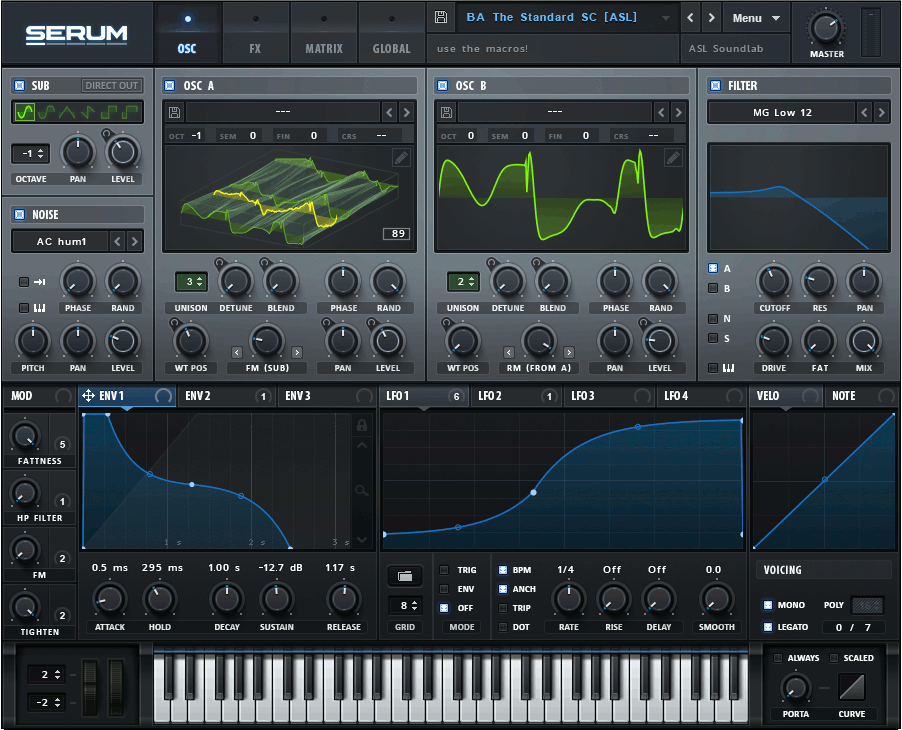How Wavetable Synthesis Works!
- Noise Harmony
- Mar 2
- 2 min read
Updated: Mar 26
Wavetable synthesis is a way to make sounds that can change over time. It is different from normal synthesis, which only uses simple sounds like sine, square, or saw waves. Instead, wavetable synthesis lets you create many different wave shapes.

Imagine a book where every page has a different wave shape. If you turn the pages slowly, the sound stays the same. But if you turn the pages fast or jump between them, the sound changes. This is why wavetable synthesis is special. It lets you move smoothly between different sounds. You can also use things like LFOs and envelopes to make the sound move by itself, without touching anything.

Wavetable synthesis began in the late 1970s when Wolfgang Palm created the first version. In the 1980s, his company, PPG, developed the PPG Wave synthesizer, one of the first to use this new technology. Before that, most synthesizers relied solely on analog sound generation. Seeing its potential, other companies introduced their own versions. In 1986, Sequential Circuits released the Prophet VS, which allowed users to mix waveforms using a joystick. Korg followed in 1990 with the Wavestation, which could play waveforms in a sequence. Later, Waldorf continued developing wavetable synthesizers, releasing models like the Microwave and Blofeld, which are still popular today.

Wavetable synthesis is easier to use than ever. In the past, you needed expensive hardware, but now you can get it as a software plugin. One of the most popular is Xfer Serum, which is easy to use. Other good ones include Native Instruments Massive and Massive X, as well as Ableton Wavetable, which works inside Ableton Live. There are also free ones like Vital, which has great sound and lots of features.
Wavetable synthesis is special because it can make sounds that normal synthesis cannot. Instead of just playing one shape, the sound keeps changing as it moves through different waveforms.
Check out Our Premium Ableton Live Wavetable Presets!
NH STH Monochromatic B
If you want to try wavetable synthesis, start by changing the wavetable position to see how the sound changes. You can use an LFO or envelope to make the movement happen automatically. Adding effects like reverb, delay, and distortion can make the sound even better. Many synths also let you add your own waveforms, so you can create unique sounds.
This type of synthesis has changed music production, giving people more control over their sounds. If you have never tried it, you can start with a free plugin like Vital and see what you can create.
FOLLOW US ON:


































Comments